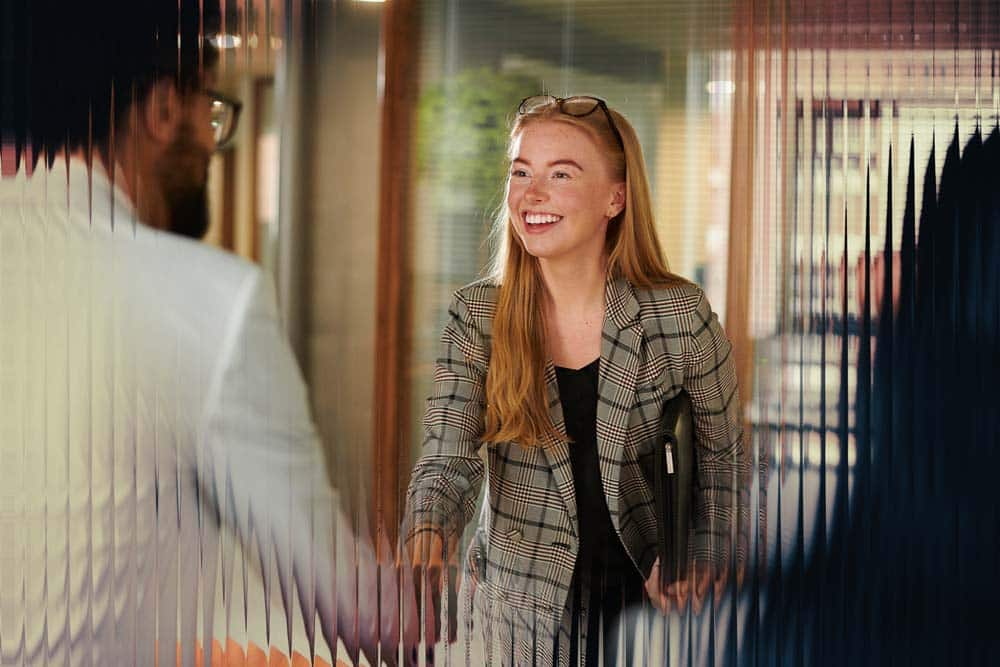Ditch everything you know about generating referrals for your personal injury firm and join award-winning author Stacey Brown Randall to learn how you, too, can build a successful referral business.
Stacey teaches business professionals all over the country how to generate referrals naturally without manipulating, incentivizing, or even asking. With the help of this webinar, “Referrals Without Asking? Yes Please!” learn the science behind why “referral advice” is wrong and what sales strategy you are missing in order to get consistent and sustainable referrals.
Read the recap below or watch the full recording on-demand and learn what building blocks you need to create a successful and strong referral strategy.
Forget the old-school ways to generate referrals (7:15)
For Stacey, understanding why her first business failed and what she could do differently has become vital in her journey to success. Fortunately for us, she has spent that time figuring out what techniques work and what we can toss.
Generating referrals through social media posts, billboards, paying for leads, and attending a referral group is what Stacey categorizes as old school and desperate. These techniques do not promise referrals and tend to be a lot of work for just the hope of a reference.
Is there a different way? Yes! (13:30)
Generating referrals should not compromise who you are, how you build relationships, and how you grow your business. Generating referrals naturally is about respecting people who can refer you and respecting yourself.
The science behind generating referrals naturally
Take your referral strategy one step deeper by learning about the three components that make up the science behind effectively generating referrals. Understanding the happiness trifecta, the psychology of trust, and the behavior economics model will significantly impact your personal injury law firm and how you obtain lifelong clients.
The happiness trifecta (16:25)
In order to generate referrals naturally, we must understand the science behind it, leading us to the idea of “The Happiness Trifecta.” The Happiness Trifecta is made up of three chemicals in the brain: dopamine, serotonin, and oxytocin. These feel-good chemicals are released every time a referral is made, focusing on the idea that every time someone refers to you, it is not for you but about the decision to help you.
As the referral source, we recognize that someone has a problem, and we can help them by giving them the name of a trusted business professional. Understanding the science behind why a referral is being made allows us to view our business in a whole new light and develop relationships differently.
Psychology of trust (18:25)
In order to feel confident referring your contact to a friend in need, we must know you are good at what you do. To feel the desire to refer to you, we don’t need to know the ends and outs of your career goals and what you have succeeded in; we just need to know we can trust you to help.
However, in order to feel like I can trust you, a connection must be made. I first must have a working relationship with you. It’s important that I know you can do the work, but most importantly, I trust you, I like you, and I know you!
Behavior economics model (19:56)
The final factor in developing a referral naturally is understanding the Behavior Economic Model. This refers to the idea that we are looking at what is happening when referrals are being given, and we are looking at the dynamic of trust within our relationships. There is science as to why this is working, and once we understand that, we will receive referrals.
Defining a referral (21:00)
CloudLex is committed to helping personal injury attorneys create successful, client-centered practices that keep clients and their families returning whenever they have legal needs. Contact us today and learn what we at CloudLex can do to assist you and your practice.
Where to begin (24:42)
Start your journey towards success with a 3 step identification process. Begin with listing out all of your clients from the last 3-4 years and include any information you have on them. Next, you will want to determine their source by identifying where this client came from and how they learned about you. This section of the chart may include a variety of columns, including email, pay-per-link, a referral from another attorney, or SEO.
Following the source of referral, you will want to list the date you came into contact with this client. Lastly, you will sort this list by column in order to show which referral sources are most beneficial. The ultimate goal of this method is to create a master list of your most successful referrals in the last two years. These referrals become known as active referrals and should guide you in what referral sources need to be nurtured.
Conclusion
Learning how to properly acquire and nurture new referrals can seem complex, but with Stacey Brown Randall’s polished formula you will learn how to generate referrals naturally without manipulating, incentivizing or even asking for information. Recognizing what practices don’t work for your personal injury law firm is key to realigning your goals and developing new contacts. By applying the happiness trifecta, the psychology of trust, and the behavior economics model to your practice, your personal injury law firm will excel in no time.

